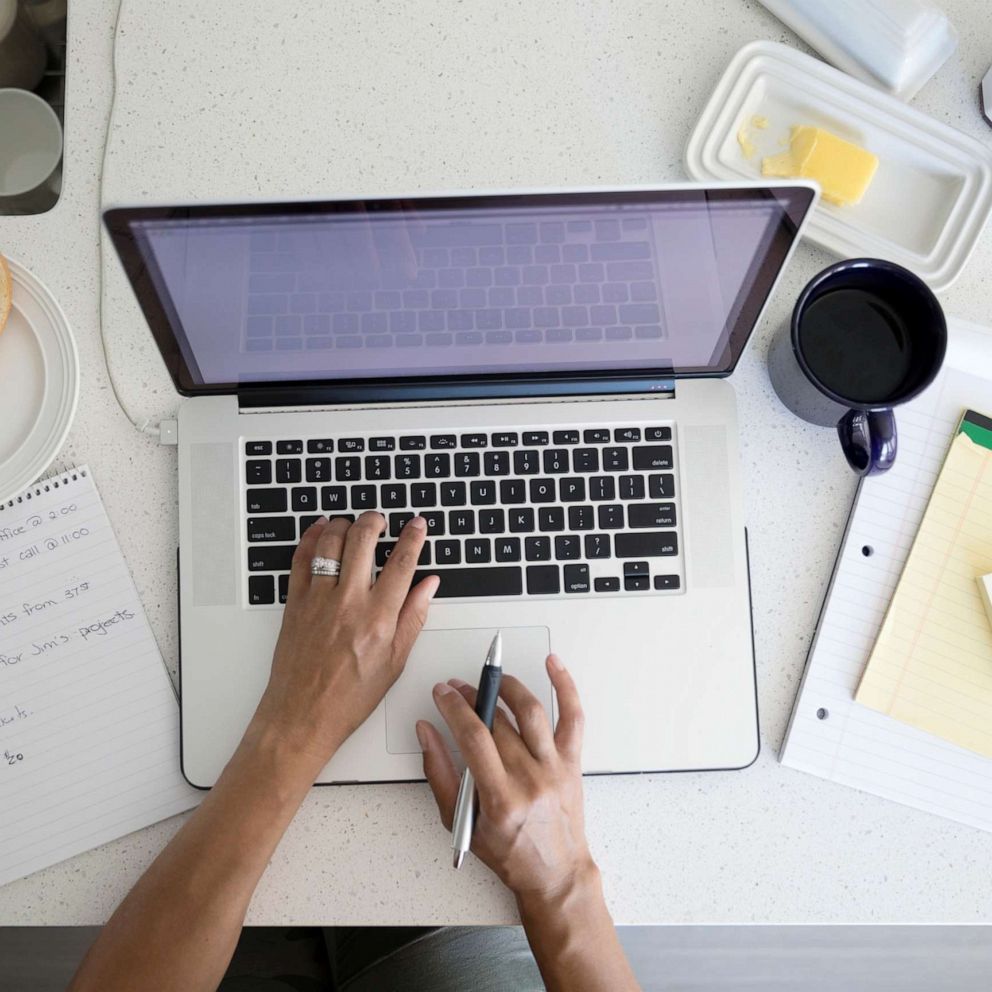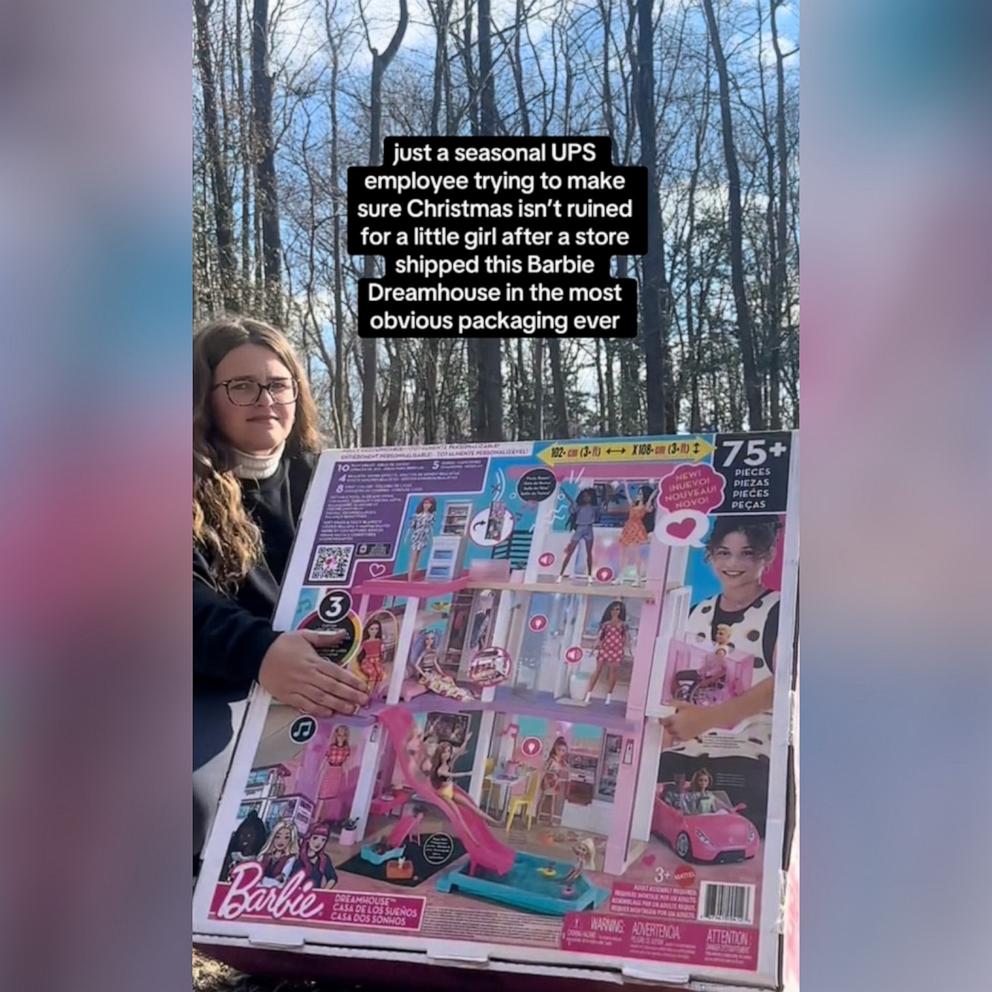We tried 3 tracking devices for kids

When a kid is old enough to walk to and from school, it can be a godsend for parents. But it can also be worrisome, especially for working parents who want to know their child is making it home okay.
You can give your child a smartphone with any number of parental tracking applications but then you have to give an 8- or 9-year-old a smartphone, something many parents don’t want to do.
Enter a bevy of tracking options for kids: devices that provide parents with the ability to monitor a child’s location.
Check out our breakdown of three of them, plus, you can shop all of these devices below*!
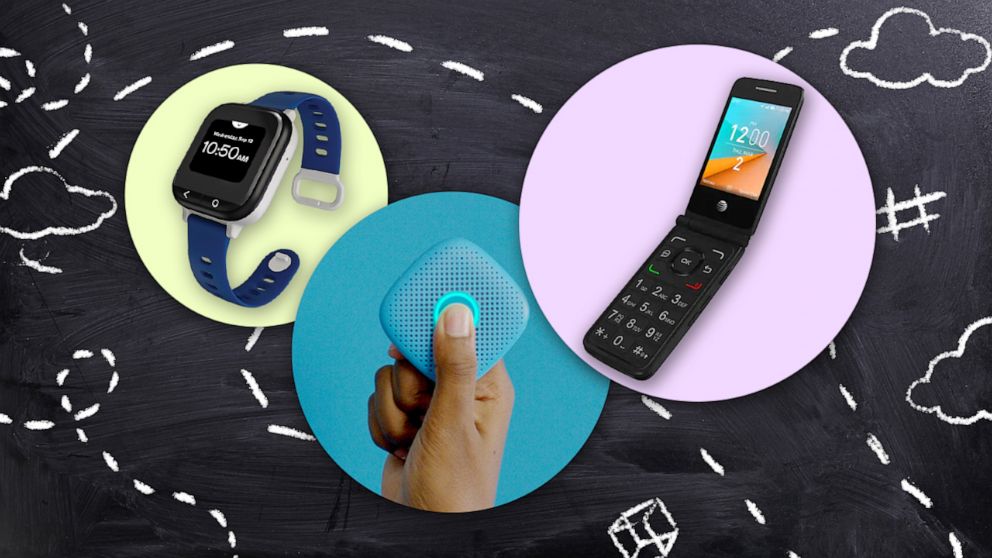
I enlisted three 11-year-olds to try them: my son, Finn, and two friends from school, Fiona and Olivia. We set up home base in a park in Piedmont, California, where the kids will walk as we track their locations.
I bought a $179 Gizmo watch from Verizon. It looks like an Apple watch with a bright blue or pink wristband and square screen. It only works with a $5 a month fee for Verizon customers and a $15 a month fee to add a line for non-Verizon customers.
Next is a $49 Relay device that is marketed as “a screen free alternative to a cell phone for kids” but that CNet’s Ian Sherr calls, “A hockey puck, but square.” The Relay sends data via Republic Wireless and has a $9.99 a month connectivity fee.
And then I bought a $59 Alcatel Flip phone from my local AT&T store. This particular model is unusual because it’s an old-school feature phone with only a numeric dial pad and a 2.8-inch screen, but it’s one of the few that has a GPS chip, which most old-school feature phones don’t. In order to track it, you need to somehow link it with the parent’s smartphone. I found it a little tricky. The simplest way to do this is to buy the flip phone through your carrier and sign up for the AT&T Secure Family App. This lets you see where every person on your cellular account is. While AT&T said this does work, they say their $7.99 Secure Family plan that I used to track the phone is primarily intended to track a smartphone from another smartphone.
A producer and camera crew head out with Finn to a location roughly a mile from our home base in the park. He starts walking with the Alcatel Flip and I open the Family tracking app on my iPhone back at home base. I’m in communication with the producer at Finn’s location. The app seems to update every minute or so, so there is a small lag in reporting his location, but we confirm that the map on my phone accurately reports his location. I call him while en route and we chat about his adventure. The Alcatel phone can also receive and send texts, but typing is done via the numeric dialing pad. It has a basic game or two (nothing sophisticated), and my biggest complaint is that it has an Internet browser. On a 2.8-inch screen it’s not super-compelling but, it’s still open access to the Web which I don’t want my son having on his own yet.
Next, Fiona walks the same route with the Gizmo watch. Gizmo asks the parent to download an app to their smartphone and then set up an account. Through the app you also program the child’s watch. You enter a few phone numbers the child may call (parents, grandparents, caregivers). No other numbers may be called from the watch; it doesn’t have a way to enter numbers on it. To make a call to the Gizmo watch, you must have it's app installed on your smartphone and be granted access by the account holder (usually the parent). You can also text to the Gizmo watch and the child can record voice messages that can be texted back to the parent or the caregivers given access through the app.
Fiona is about five minutes into her walk when her dad and I start tracking her. The location is accurate according to my producer and when we call to talk to her the connection is loud and clear. I wouldn’t know she was talking on a watch; the audio quality is good. A text pops up on our tracking smartphone, it’s from Fiona, while waiting to start the walk she’s figured out all the features of the watch including a voice changing app that lets you send goofy sounding voice messages. I hit play and her recorded voice exclaims “I LOVE THIS WATCH.”
The next voice message comes through sounding like daffy duck but conveys the same sentiment.
I ask her dad, Danilo, if he would think about a device like this for her. “Definitely. She is in a lot of plays. That means a lot of rehearsals, drop-offs, pick-ups and logistics.” He says he wishes he could text her occasionally if he’s going to be late. “Last week I filled up a whole cart grocery shopping and had it timed out perfectly to pick Fiona up. But when I got to the checkout there were 10 people in each line. I was going to be so late. I wish I could have just texted her and told her not to worry; I was coming.”
Instead he left the whole cart behind and raced out to get her.
Olivia is up next to try the Relay device. It too is tracked through an app on the parent’s phone.
As we wait for her to start I chat with her mom, Brandi, who says she is not ready to give Olivia a smartphone, because, “it’s such a time sink. It’s their opportunity to get totally sucked into that kind of communication and lose their already-limited allotment per day as slightly taciturn adolescents.”
As we watch Olivia’s progress, it updates more often than the other devices but shows a bit of variation, it looks like she’s crossed the street a few times, when in reality this is just the raw GPS data being reported. All GPS data has a 25 foot margin of error, and none of the zig-zagging on screen goes outside a 25 foot variance.
The Relay’s primary purpose is location tracking with communication as a secondary feature. This is evident when we hold down the “Talk” button in the Relay app. Brandi says “Olivia it’s your mother!” There is a brief pause and then Olivia tentatively says “Hi Mommy.” In order to talk you need to press and hold the app talk button in the app. The same is true on the physical Relay device as well. It only has one button. It’s much more like a walkie-talkie than a phone. As a result the conversation is a little clipped. I can’t help myself and hold down the app’s button, “Breaker, breaker -- this Bandit are you there little buddy?” Olivia is understandably confused by my dated "Smokey and the Bandit" reference. We sign off and she continues her walk with consistent tracking data for the whole journey.
All three of our devices worked, but CNet parenting expert Ian Sherr says whenever you hand a device to a child you should think about privacy, “You need to make sure you’re checking each individual device because they’re all different...It’s really about how are you comfortable with handing over this type of information to a company?”
Verizon and AT&T told us they do not use or share data with advertisers. Both companies say they retain location information for a short period of time before deleting it. Relay says it "only collects location data if a user opts in" and is "never accessed without permission." If a user opts in, they only have "the user's last location and that data is never shared."
Bottom line: for a parent who wants basic communication with their child and solid GPS tracking, all three of these devices worked for us.
Shop these devices
*These products were curated by the "GMA" editorial team. "Good Morning America" has affiliate partnerships, so we will get a small share of the revenue from your purchases through these links. All product prices are determined by the retailer and subject to change. By visiting these websites, you will leave GoodMorningAmerica.com and any information you share with the retailer will be governed by its website's terms and conditions and privacy policies.

Relay
- $49.99
- Relay
- •
- +$9.99/month service
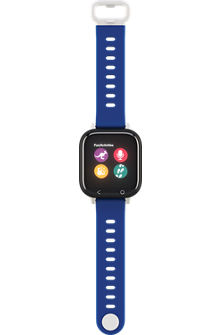
Verizon GizmoWatch
- $179
- Verizon
- •
- +$5/month service fee
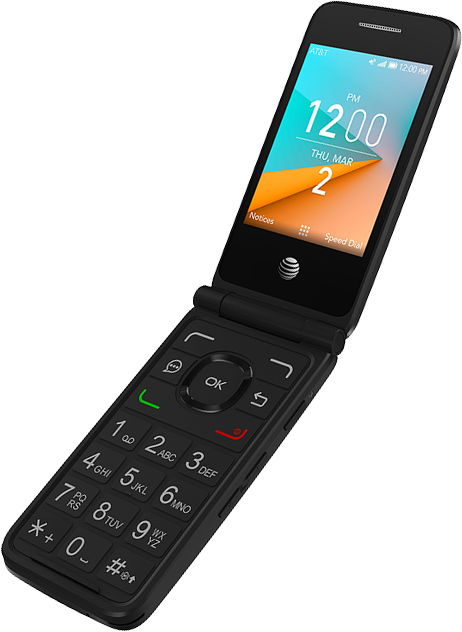
AT&T Cingular Flip 2
- $59.99
- AT&T
- •
- +$7.99/month service fee

